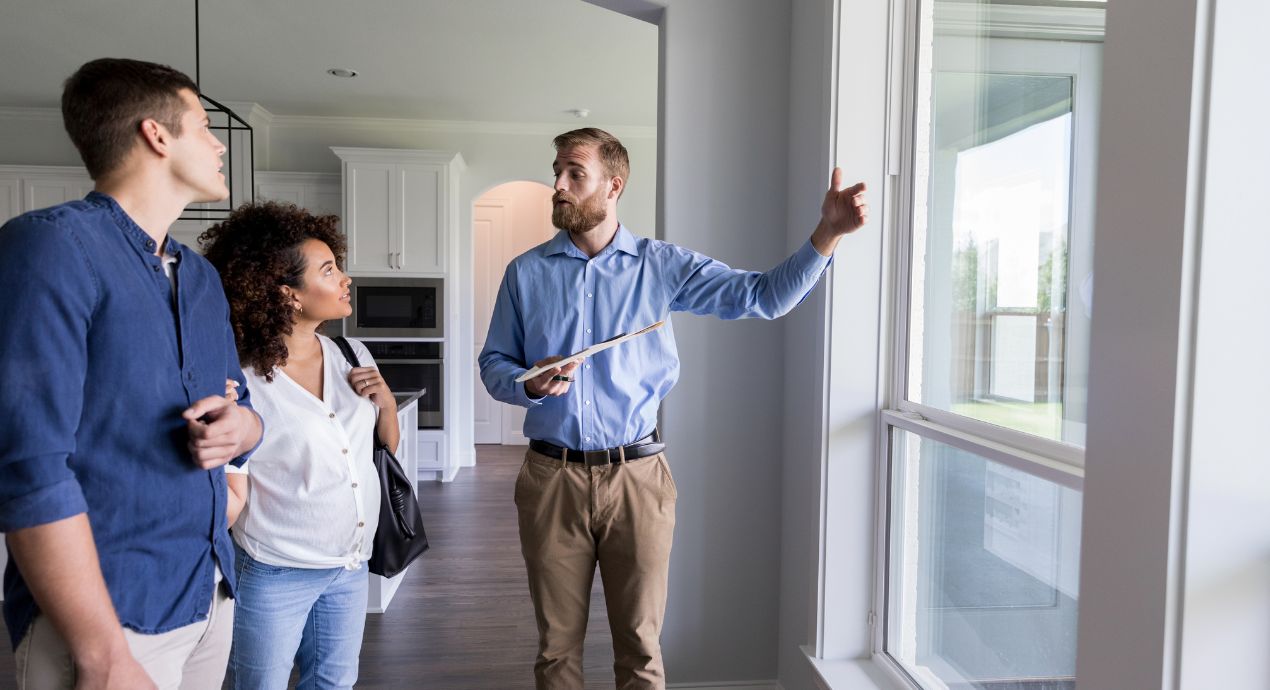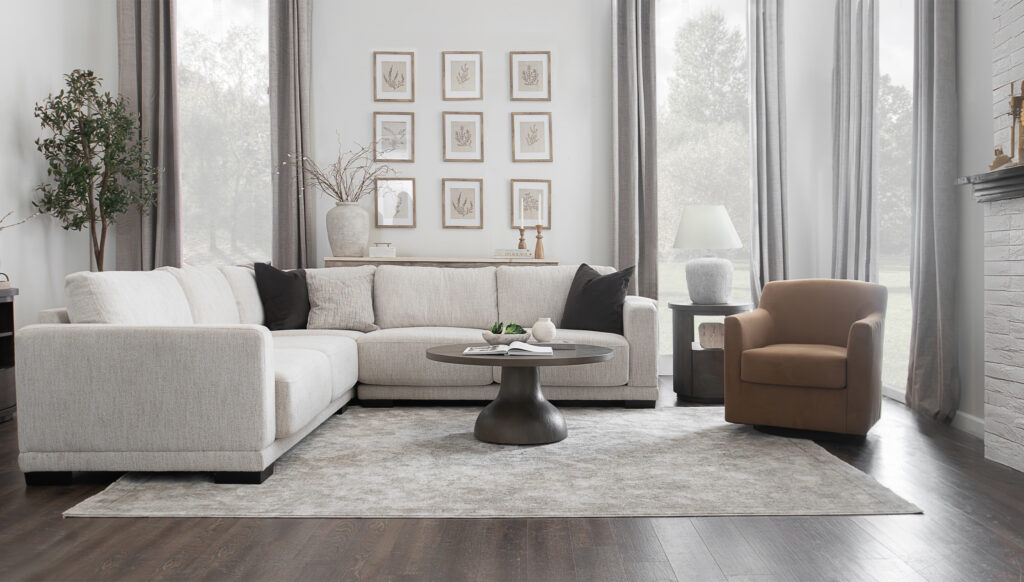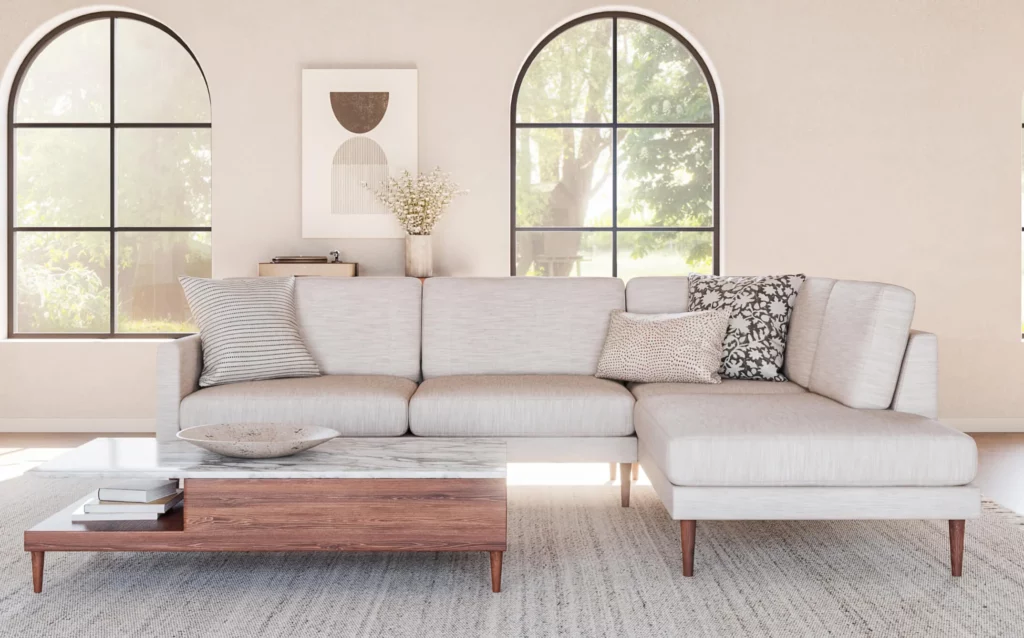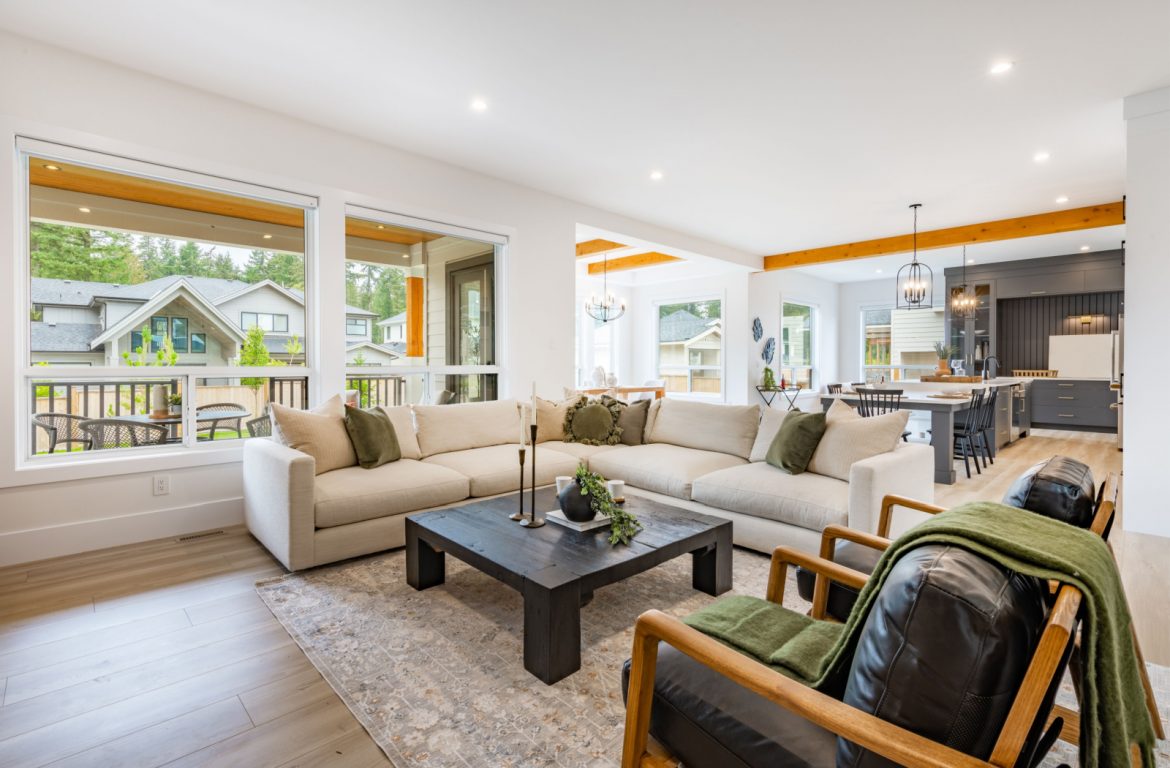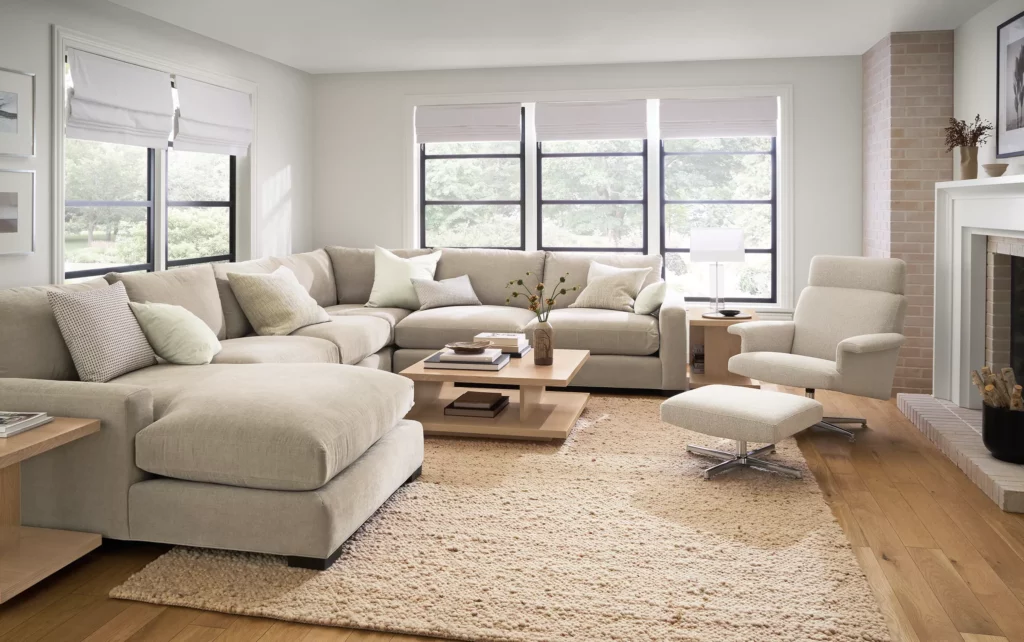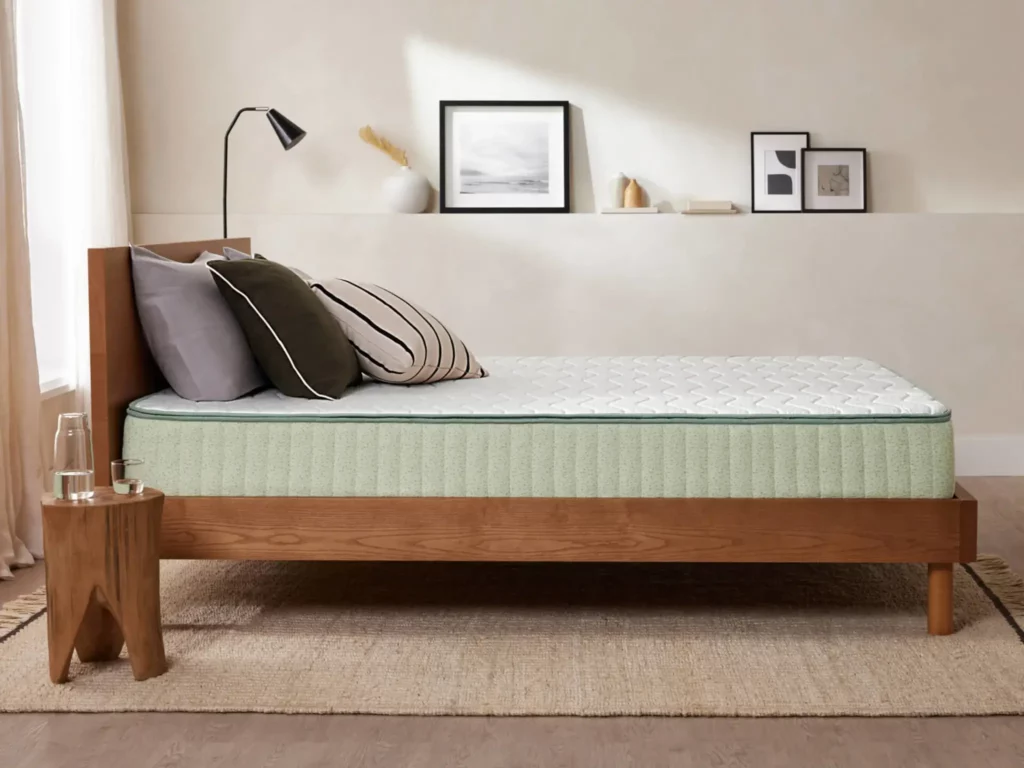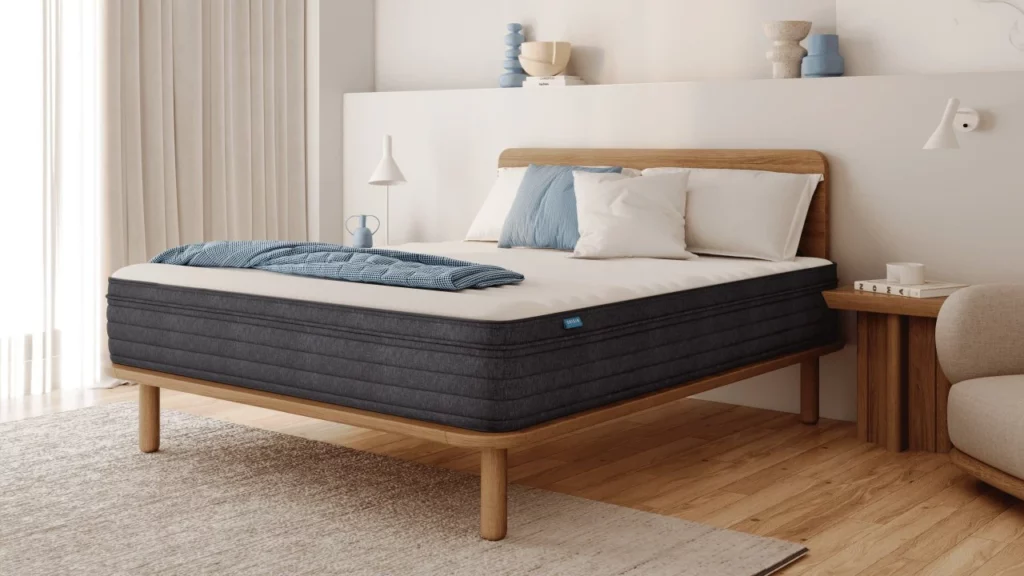Understanding the Role of a Buyers Agent
A buyers agent is a licensed professional who represents the interests of a buyer in a property transaction. Unlike real estate agents who work for sellers, buyers agents focus solely on assisting their clients in finding and purchasing properties that meet their specific needs. This distinction is crucial, especially in a competitive market like Maroubra, where the right guidance can make all the difference.
With a deep understanding of the local property landscape, a Maroubra buyers agent can offer invaluable insights into market trends, property values, and neighbourhood dynamics. They are equipped to navigate the complexities of the buying process, ensuring that clients make informed decisions every step of the way.
Expertise in Local Market Conditions
One of the primary advantages of hiring a buyers agent in Maroubra is their expertise in local market conditions. They possess up-to-date knowledge about the area, including property prices, upcoming developments, and demographic trends. This information is essential for buyers who want to make sound investments.
Moreover, a buyers agent can provide a comprehensive analysis of specific suburbs within Maroubra, helping clients identify the best areas that align with their lifestyle and investment goals. This level of insight is often difficult for individual buyers to achieve on their own. For instance, they can highlight the nuances between different streets, such as proximity to schools, parks, and transport links, which can significantly impact a property’s desirability and future value.
Access to Off-Market Properties
Another significant benefit of working with a buyers agent is their access to off-market properties. These are listings that are not publicly advertised, meaning they often attract less competition. Buyers agents have established networks and relationships within the industry, allowing them to discover hidden gems that may not be visible to the average buyer.
By tapping into these exclusive opportunities, clients can gain a competitive edge, potentially securing properties at better prices and with fewer bidding wars. This access can be a game-changer for those looking to buy in a sought-after area like Maroubra. Furthermore, buyers agents often have the ability to negotiate more effectively on behalf of their clients, leveraging their industry knowledge and experience to secure favourable terms that might not be available to those navigating the market alone. Their expertise can also extend to understanding the motivations of sellers, which can be a crucial factor in negotiations.
The Buying Process Simplified
Navigating the property buying process can be daunting, especially for first-time buyers. A buyers agent simplifies this journey, providing guidance and support throughout each stage. From initial consultations to final negotiations, they ensure that clients are well-informed and confident in their decisions.
Buyers agents handle various aspects of the buying process, including property inspections, negotiations, and contract reviews. This level of involvement not only alleviates stress but also empowers clients to focus on finding their dream home rather than getting bogged down in administrative tasks.
Initial Consultation and Needs Assessment
The journey begins with an initial consultation, where the buyers agent takes the time to understand the client’s needs, preferences, and budget. This personalised approach ensures that the search is tailored to each individual, making the process more efficient and effective.
During this phase, the buyers agent will also discuss the current market conditions, helping clients set realistic expectations regarding pricing and availability. This foundational step is crucial for building a successful property search strategy. Additionally, the agent may introduce clients to various financing options, discussing the pros and cons of each to ensure they are fully equipped to make informed financial decisions. This comprehensive understanding of both personal and market dynamics lays the groundwork for a fruitful property search.
Property Inspections and Evaluations
Once potential properties are identified, the buyers agent arranges inspections and evaluations. They possess the expertise to assess the condition of a property, identifying any potential issues that could affect its value or livability.
Furthermore, a buyers agent can provide clients with detailed reports on comparable sales in the area, allowing for informed discussions during negotiations. This level of due diligence is essential for ensuring that clients do not overpay for a property, ultimately saving them money in the long run. Moreover, the agent often has a network of trusted professionals, such as surveyors and builders, who can offer additional insights and services, further enhancing the evaluation process. By leveraging these connections, clients gain a more comprehensive understanding of the property’s potential and any necessary improvements, ensuring they are making a well-rounded investment.
Negotiation Skills that Make a Difference
Negotiation is a critical component of the property buying process. A skilled buyers agent brings a wealth of experience to the table, advocating for their clients’ best interests and working to secure the best possible deal. Their expertise in negotiation strategies can be a decisive factor in a successful purchase.
In a competitive market like Maroubra, where multiple buyers may be vying for the same property, having a seasoned negotiator on your side can be invaluable. They understand the nuances of the market and can leverage this knowledge to achieve favourable outcomes for their clients.

Strategic Offer Formulation
When it comes to making an offer, a buyers agent formulates a strategy based on thorough market research and an understanding of the seller’s motivations. This strategic approach can help clients avoid common pitfalls, such as underbidding or overextending their budget.
Additionally, a buyers agent can advise clients on the appropriate terms and conditions to include in their offer, ensuring that it is both attractive to the seller and protective of the buyer’s interests. This level of strategic thinking is essential in a competitive environment.
Handling Counteroffers and Closing the Deal
Once an offer is made, the negotiation process may involve counteroffers. A buyers agent expertly navigates this back-and-forth, ensuring that clients remain informed and confident in their decisions. They act as a buffer between the buyer and seller, allowing clients to maintain emotional distance from the transaction.
Once an agreement is reached, the buyers agent continues to play a vital role in closing the deal. They coordinate with solicitors, mortgage brokers, and other professionals to ensure that all aspects of the transaction are handled smoothly and efficiently.
Post-Purchase Support
The role of a buyers agent extends beyond the purchase of a property. They provide ongoing support and advice, helping clients settle into their new homes and navigate any post-purchase challenges that may arise.
This continued relationship can be particularly beneficial for first-time buyers who may have questions or concerns as they transition into homeownership. A buyers agent can offer insights on property management, renovations, and even future investment opportunities.
Advice on Property Management
For those who purchase investment properties, a buyers agent can provide valuable advice on property management. They can recommend reputable property managers, assist in setting rental prices, and offer guidance on maximising rental yields.
Furthermore, they can help clients understand their rights and responsibilities as landlords, ensuring that they are well-prepared for the challenges of managing a rental property.
Future Investment Opportunities
As the property market evolves, a buyers agent can keep clients informed about future investment opportunities. They can provide insights into emerging suburbs, market trends, and potential developments that may impact property values.
This ongoing support is invaluable for clients looking to build a property portfolio or make informed decisions about their real estate investments over time.

Conclusion: Moving with Confidence
In the dynamic and often challenging property market of Maroubra, enlisting the services of a buyers agent can provide peace of mind and confidence throughout the buying process. Their expertise, negotiation skills, and ongoing support empower clients to make informed decisions, ensuring that they secure the right property for their needs.
By understanding the complexities of the market and providing tailored guidance, a buyers agent acts as a trusted ally in the journey to homeownership. Whether it’s navigating negotiations, accessing off-market properties, or offering post-purchase support, the benefits of hiring a buyers agent are clear.
For anyone considering a move in Maroubra, partnering with a buyers agent can transform the buying experience from a daunting task into an exciting opportunity. With the right support, buyers can approach their property search with confidence, knowing they have a professional advocate by their side.
See Also: Paddington buyers agent advice for heritage-style homes.

